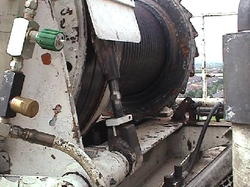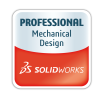
While the CE mark is certainly helpful in bringing a piece of equipment to Canada, it does not mean that the equipment is compliant with Canadian (or US) Codes for electrical safety or machine guarding.
The following document from the Electrical Safety Authority explains this: Bulletin 2-7-29
The following document from the Electrical Safety Authority explains this: Bulletin 2-7-29





